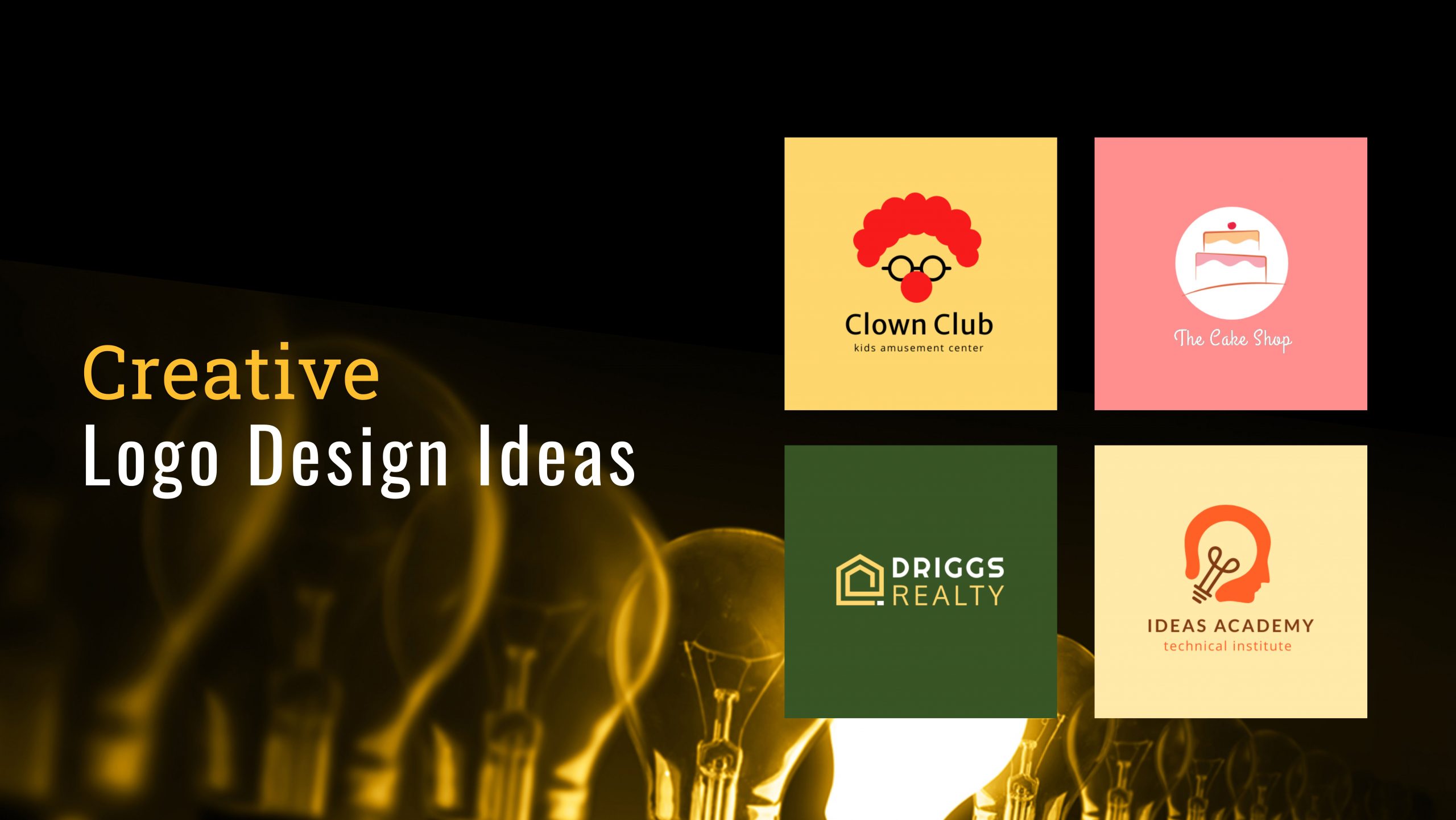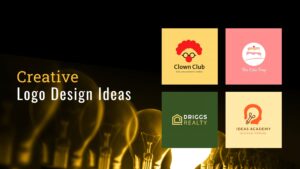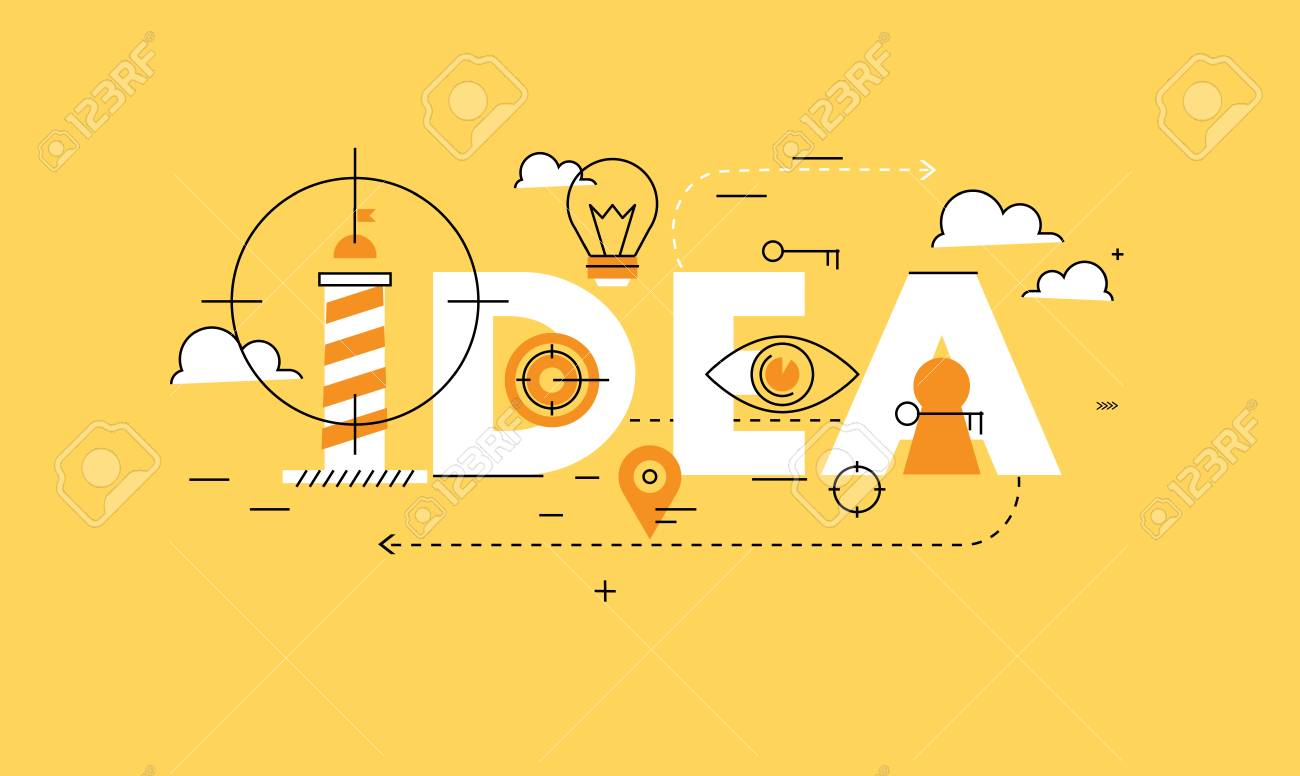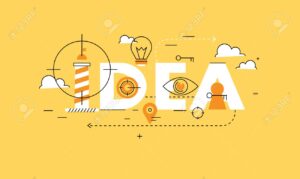Demystifying the Difference Between Web Development and Web Designing
Demystifying the Difference Between Web Development and Web Designing
In the vast and ever-evolving landscape of the internet, two key roles play pivotal roles in bringing websites to life: web development and web designing. While often used interchangeably, these terms refer to distinct aspects of the website creation process. Let’s delve into the nuances of web development and web designing, and explore their differences:
 Web Development: Bringing Functionality to Life
Web Development: Bringing Functionality to Life
Web development refers to the process of building and maintaining the functionality of a website. It involves writing code that enables the website to perform various tasks, such as displaying content, processing user input, and interacting with databases. Web developers are responsible for creating the underlying structure of a website, ensuring that it functions smoothly and efficiently.
Key aspects of web development include:
- Front-End Development: Front-end developers focus on the client-side of a website, working with technologies such as HTML, CSS, and JavaScript to create the visual elements and user interface that users interact with.
- Back-End Development: Back-end developers handle the server-side of a website, managing databases, server configurations, and application logic to ensure that the website operates correctly and securely.
- Full-Stack Development: Full-stack developers are proficient in both front-end and back-end development, allowing them to work on all aspects of a website from start to finish.
Web Designing: Crafting Engaging User Experiences
Web designing, on the other hand, is the process of creating the visual elements and aesthetic appeal of a website. It involves designing the layout, color scheme, typography, and overall look and feel of a website to create an engaging and intuitive user experience. Web designers focus on creating visually appealing designs that captivate and retain users’ attention.
Key aspects of web designing include:
- Visual Design: Visual designers create the overall look and feel of a website, including the layout, color scheme, and graphical elements, to ensure a cohesive and visually appealing design.
- User Experience (UX) Design: UX designers focus on optimizing the usability and accessibility of a website, ensuring that users can navigate and interact with the site effortlessly.
- Interaction Design: Interaction designers design the interactive elements of a website, such as buttons, forms, and menus, to enhance user engagement and improve the overall user experience.
Bridging the Gap: Integrating Social Media
In today’s interconnected world, social media platforms such as Facebook, Twitter, TikTok, YouTube, and Instagram play a crucial role in web development and web designing. Integrating social media features into websites allows users to share content, engage with brands, and connect with their social networks seamlessly.
Web developers may implement social media APIs and plugins to enable features such as social sharing buttons, embedded feeds, and login authentication via social media accounts. Web designers, meanwhile, may incorporate social media icons, widgets, and visual elements into the website’s design to promote social engagement and enhance the user experience.
Conclusion: Finding Harmony in Collaboration
In conclusion, while web development and web designing are distinct disciplines, they are intrinsically linked in the process of creating compelling and functional websites. Web development focuses on building the underlying infrastructure and functionality of a website, while web designing focuses on creating visually appealing designs and engaging user experiences.
By understanding the differences between web development and web designing, and leveraging the power of social media integration, businesses and individuals can create websites that not only meet the functional needs of users but also captivate and inspire them. Ultimately, collaboration between web developers and web designers is key to achieving harmony and success in the ever-evolving world of web development and design.


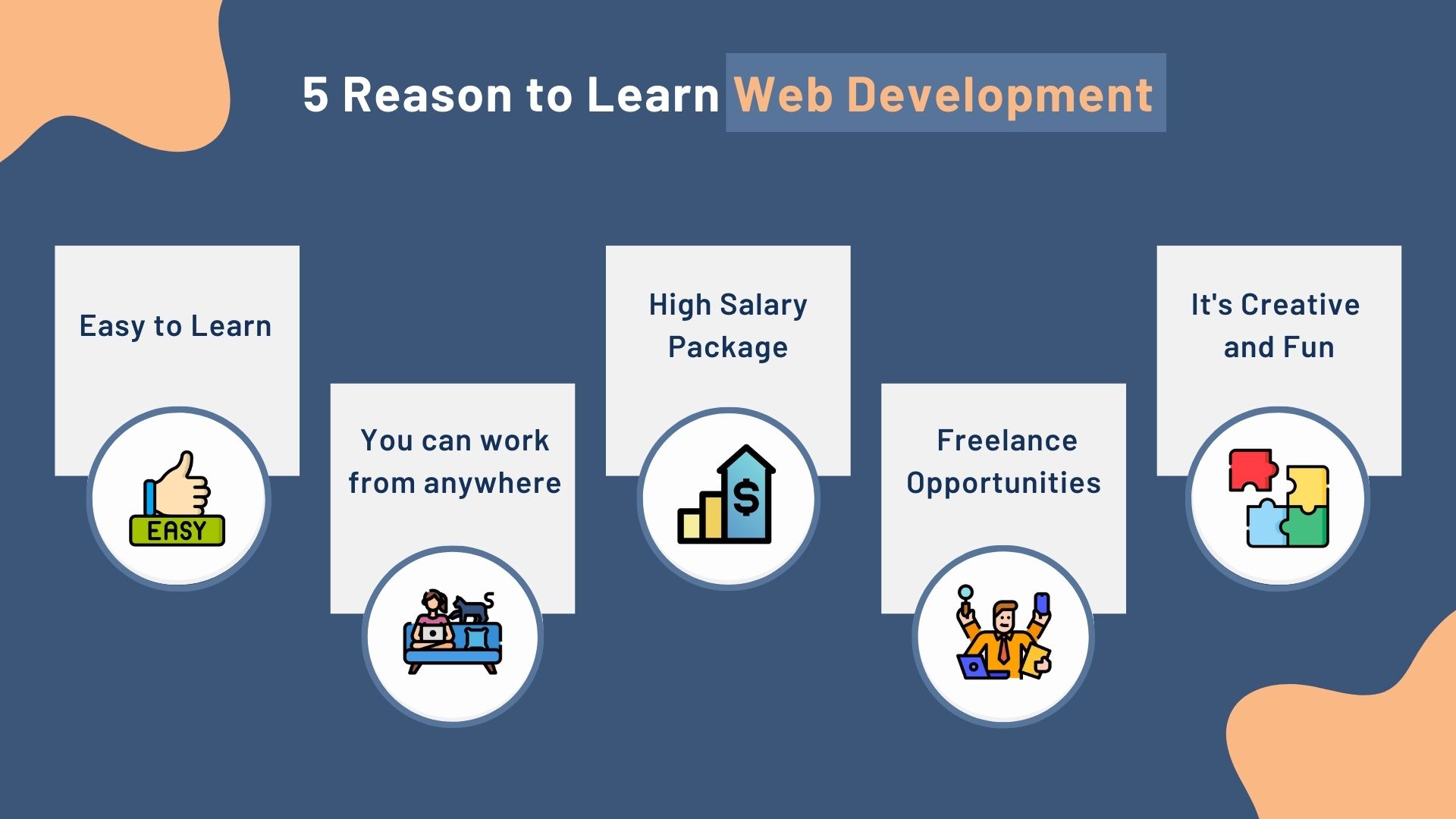
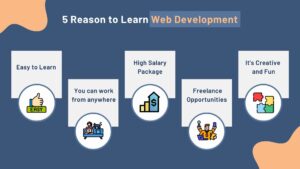 1. Endless Career Opportunities
1. Endless Career Opportunities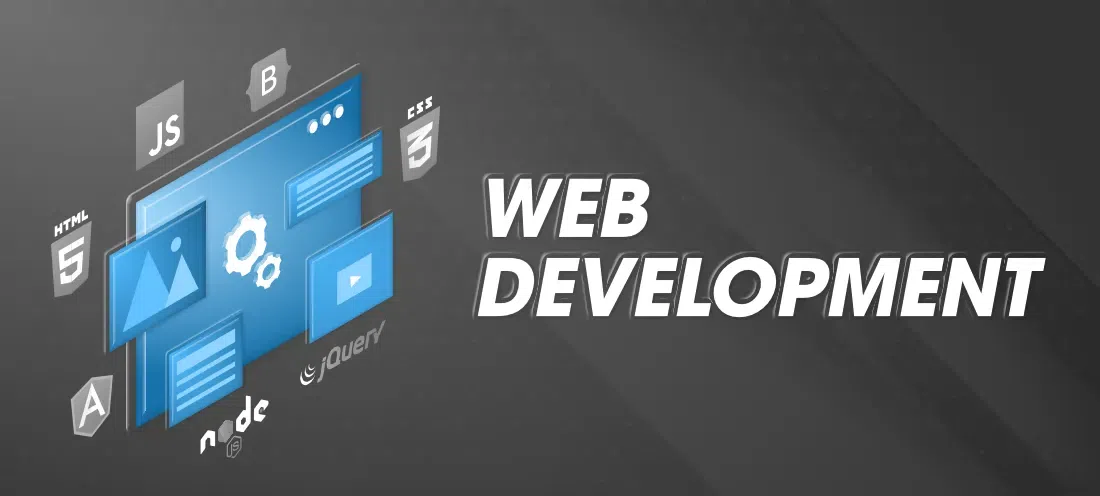
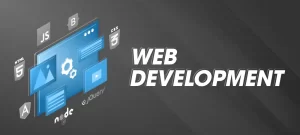 Why Learn Web Development.
Why Learn Web Development.

